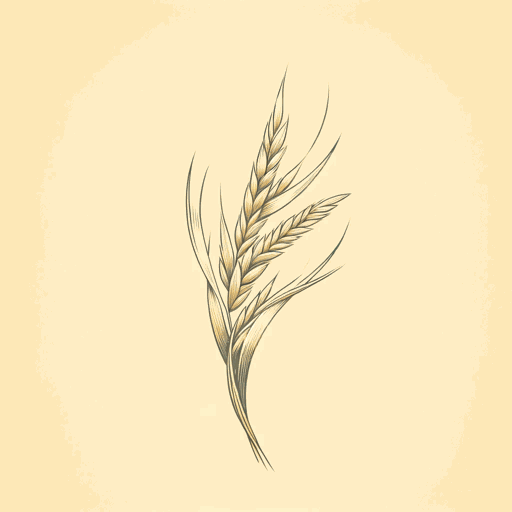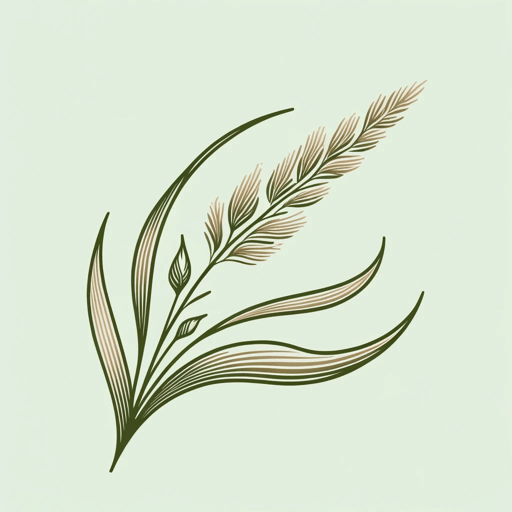95 pages • 3 hours read
Robin Wall KimmererBraiding Sweetgrass: Indigenous Wisdom, Scientific Knowledge, and the Teachings of Plants
Nonfiction | Book | Adult | Published in 2013A modern alternative to SparkNotes and CliffsNotes, SuperSummary offers high-quality Study Guides with detailed chapter summaries and analysis of major themes, characters, and more. For select classroom titles, we also provide Teaching Guides with discussion and quiz questions to prompt student engagement.
Symbols & Motifs
Sweetgrass
Sweetgrass lends its name to the title of the book and symbolizes many of the central themes of the text. As one of the most useful and common indigenous plants, one which could be found all across North America, its gradual demise mirrors that of the Indigenous people. The techniques used to cultivate and weave sweetgrass have been gradually lost as the Indigenous population has been decimated. The wealth of cultural and ecological knowledge that this represents is also in danger of being lost. Accordingly, the plight of the sweetgrass becomes a symbol for the plight of the people.
One dimension of this symbol is the use of sweetgrass to make baskets. Traditionally, sweetgrass baskets would be functional objects—useful tools which would be made in accordance with the needs of the local population. Now, as part of a materialist society, the meaning of these baskets has had to change. Baskets are made and sold as a means of keeping the people alive. The traditional cultures are taught during basket classes, helping to maintain the existence of the culture, while the money brought in by the sale of the sweetgrass baskets is put toward preserving as much of the Indigenous history, lands, and knowledge as possible.
Related Titles
By Robin Wall Kimmerer


